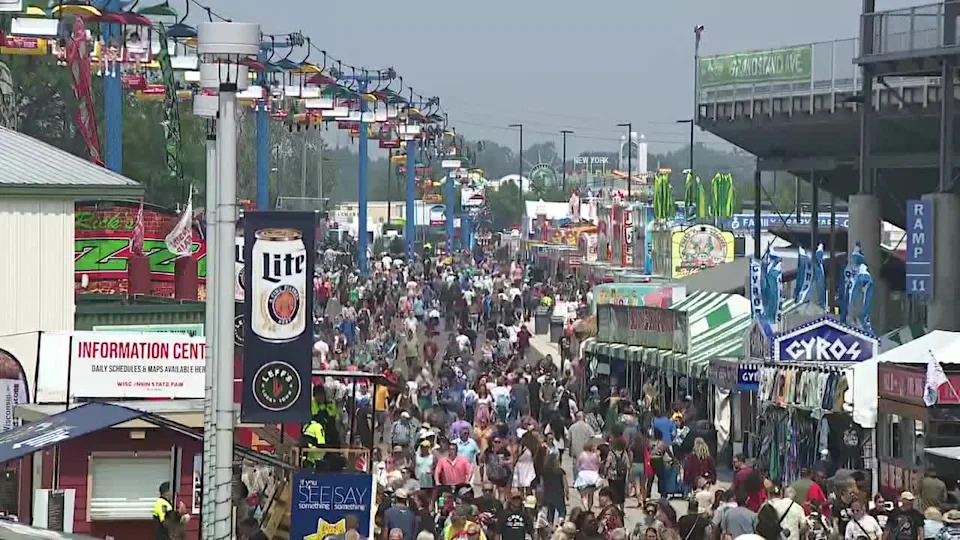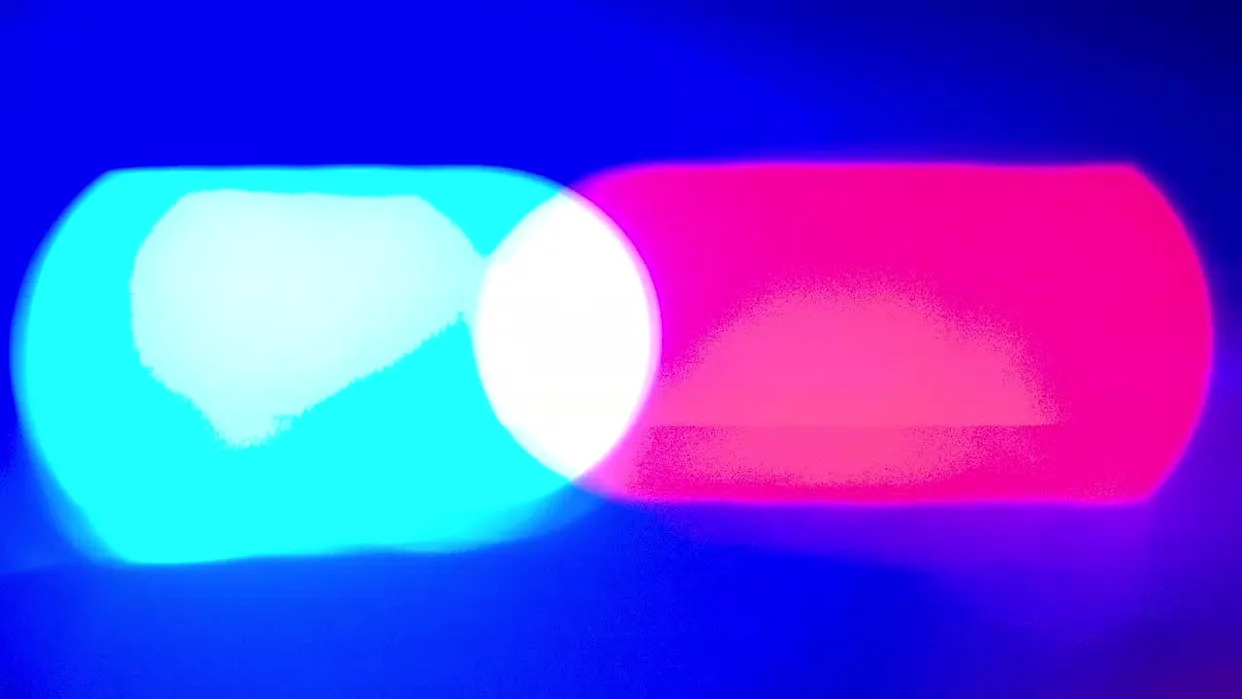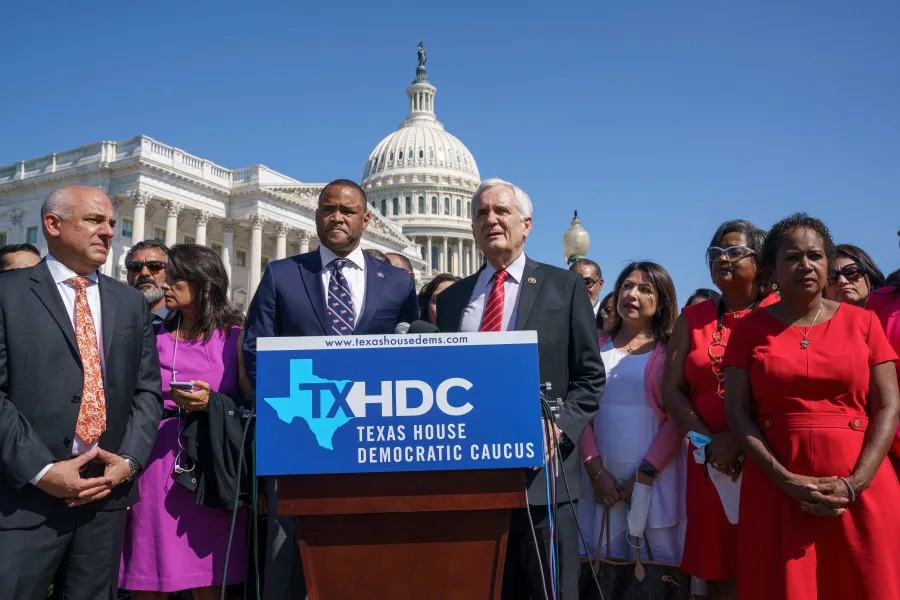Bloomington’s annexation case against the state legislature is going to the Indiana Supreme Court.
The court this week agreed to hear the case Oct. 30, after the city had requested in April that the court take a look at the case, which the city had lost at the appeals court and trial court levels.
The appeals court this year unanimously affirmed the ruling of a lower court, which sided with the state legislature in the case challenging a state law passed in 2019. The rulings had dealt a blow to the city’s eight-year effort to expand its boundaries.
Mayor Kerry Thomson said in March that she would ask the state supreme court to review the ruling, saying the city’s boundaries should reflect reality, but the supreme court had not decided whether to take the case — until this week.
The case involves five of the seven areas the city, under Thomson’s predecessor John Hamilton, targeted for expansion. The areas include Area 2, to the city’s southeast; 1c, a small area on the city’s far southwest; and 3, 4 and 5, the three islands that are enveloped by the city on its west side.

The two remaining areas, 1a and 1b, on the city’s west and southwest, are part of a different court case, in which a judge also has ruled against the city. That case is still on appeal. A hearing in that case is scheduled for next month. Those two areas are the largest of the seven by population and would add about 4,900 acres and 8,600 residents to Bloomington.
The city’s quest to expand its boundaries began in 2017 when Hamilton proposed the initial annexation, which was halted by the state legislature. However, the city sued and took the case to the Indiana Supreme Court, which ruled the state legislature's interference to have been unconstitutional.
In 2021, Hamilton renewed the annexation attempt, saying the proposal aimed to “right-size” the city, which has not expanded its boundaries since 2004, despite significant growth around it. Residents in the annexation areas would face, on average, hundreds of dollars more in property taxes, and many said they did not want to pay taxes for few, if any, services they would find useful.
Residents in the targeted areas had three months at the end of 2021 and the start of 2022 to formally oppose the annexation plan by filing remonstrance petitions — so long as their property did not have a remonstrance waiver attached to it. Property owners sign such waivers typically in exchange for the city providing some kind of service, such as a sewer system hookup. In return for that service, property owners waive their right to oppose annexation.
In five of the seven areas — the areas that are subject of the case that will go before the state supreme court — residents filed enough remonstrance petitions to stop annexation outright, but many of the residents were allowed to file such petitions only because a law the state legislature crafted in 2019 voided remonstrance waivers older than 15 years. Previously, such waivers had no expiration date.
The city of Bloomington in its lawsuit against the state argued the 2019 law is unconstitutional because it retroactively voided about 80% of the waivers local property owners signed in return for sewer hookups. The city argued the law essentially voided a legal contract that both the city and property owners signed voluntarily after one side, the city, had already fulfilled its part of the deal.
However, both a local judge and the appeals court rejected the city’s arguments and sided with annexation opponents and the state legislature.
“Because Bloomington is a municipality of the State, Bloomington lacks enforceable rights to challenge the 2019 Act under the Federal and Indiana Contract Clauses,” the appeals court ruled.
The Thomson administration said in spring that the outcome of the case could have far-reaching consequences.
“Any entity that derives its power from the State — whether it be a county, a township, a school district, or another municipality — should be paying attention to this decision," the administration said in a news release. "The fundamental question before us is: to what extent can the State, after the fact, step in and override legally binding contracts? If this decision stands, it sets a precedent that potentially allows the State to interfere with local governance and contract validity at any time, for any reason.”
Both the city and its opponents, which include the state legislature, will get to argue their cases before the state supreme court in a hearing scheduled to begin at 10 a.m. Oct. 30 in the courtroom of the Indiana Supreme Court, 317 Statehouse, 200 W. Washington St., in Indianapolis. Proceedings are scheduled to begin at 10 a.m.
Indiana Chief Justice Loretta H. Rush said in an order this week that each side will get 20 minutes to present its case.
Boris Ladwig can be reached at [email protected].
This article originally appeared on The Herald-Times: Bloomington's annexation case is going to the state supreme court





Comments